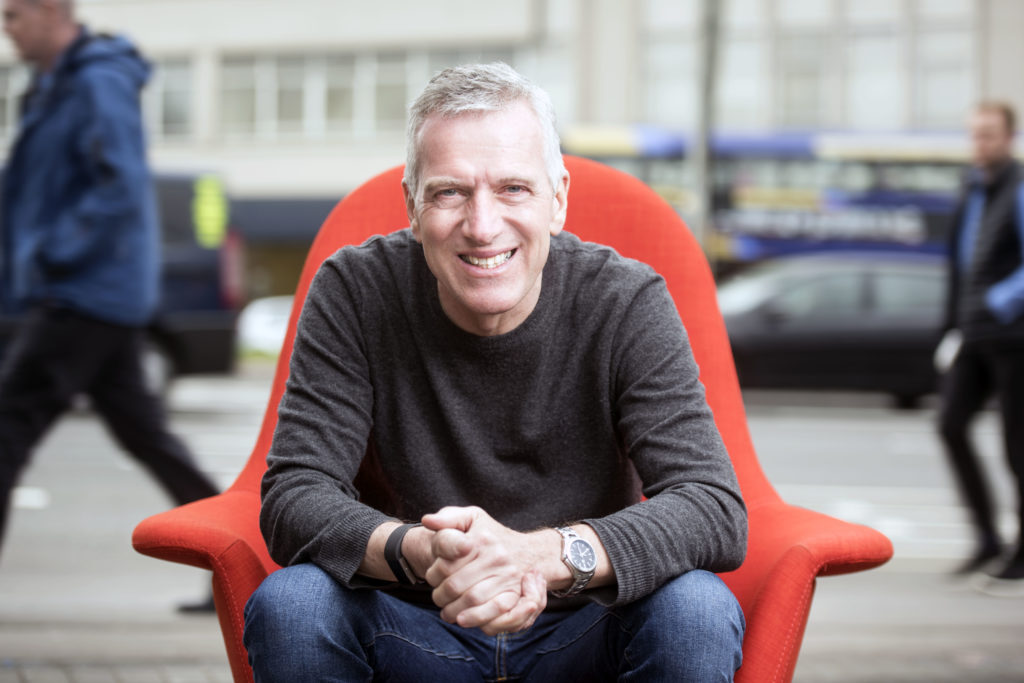For as long as AVs have been in the public consciousness, there have been concerns around how safe they would be and whether the public could trust them. In fact study after study has shown that a majority of people find it hard to trust AVs. But why is that?
Answering this question needs real, tangible insights, and this was one of the goals of the UK government-backed StreetWise project, led by Five, a UK self-driving technology company.
Much of the work in the project involved Five developing the complex software that takes the outputs of cameras and other sensors, builds up a picture of the world, understands that world, predicts what happens next, plans motion and controls the vehicle.
But once built and tested, the insights from having consumers actually experience the technology had another important use, and that was to allow OEMs, technology providers, policymakers and city planners to learn whether and how consumer concerns can be overcome, and so pave the way for greater acceptance of AVs.
Early on, the project selected a 13-mile route over mixed-use public roads in South London. The route complexity was high, meaning that Five’s software would need to be advanced and passengers could therefore experience it interacting with a variety of real-world scenarios, offering clear insight into technology readiness and passengers’ reaction to it.
Beginning in October 2019, the trials are widely thought to be the most complex AV trials completed in public in Europe.
 Breaking down the StreetWise findings on trust and safety
Breaking down the StreetWise findings on trust and safety
After each drive, participants were invited to score their experience against their prior expectations.
The scale ranged from 0 ‘worst’ to 100 ‘best’. The first standout result was that almost all the participants (96%) rated their experience as positive overall, while 86% rated their experience as better than their expectations.
Almost all participants felt safe during their self-driving experience (92%). On investigation, participants cited several reasons for quickly gaining that confidence, including Five’s vehicle being able to handle complex road situations smoothly and assuredly (roundabouts [traffic circles], for example) as well as knowing that the safety drivers were carefully supervising system performance, and could intervene straight away if needed.
Many participants also cited the visualization of AV system behaviour in real time as adding to their confidence. During the trial, each vehicle was fitted with a large tablet that meant participants could see the various different views of each scene as the software perceived it, could monitor the accuracy of detections and the decision-making of the system, and could experience directly the comfort, smoothness and ride performance this resulted in.
Putting the findings into top gear
Mastering the development and testing of these complex systems is paramount, but it’s also important that this technical work is directed toward ensuring the resulting systems are demonstrably safe and the public really can trust them. So, what do the results mean in practice?
The findings are clear on one thing: consumer mistrust of self-driving vehicles is not rooted in any inherent untrustworthiness of the technology itself. Instead, it’s a lack of safe and open public experiences of self-driving technology that is at play. To build trust in the technology, more direct public experiences, more visibility and more openness are essential.
Still, there’s a chasm between a prototype project, even as strong as StreetWise, and a system that is able to detect, understand, predict and plan at all times reliably in the vast and changing complexity that is the real world. It’s essential that future systems really can deal successfully with all of the edge cases and inherent system limitations, so that safety drivers can be removed and the benefits of self-driving really delivered.
That calls for a step change in complexity of virtual development and testing platforms, so that hyperscale testing can be performed and coverage evidence delivered. For this, Five is engaged in forging standards and in building much-needed systems, embedding its learning from projects like StreetWise.
The StreetWise route involved multiple types of roads, vehicles, pedestrians, cyclists, even horses. Reaching safe certification that exceeds human abilities in such a huge domain will take considerable development, time and money. However, there are tractable use cases on the way that provide strong utility and will build public trust ahead of the urban solution. Automated highway driving is one, for trucking and for passenger cars.
In fact, the car industry has been busy standardizing an automatic lane-keeping system (ALKS) as a stepping stone, with more to come, and it is encouraging to see the UK government recently launch a consultation on drafting new laws to enable this in the UK.
Collaborative efforts such as StreetWise show that bringing self-driving to fruition is a team game with partners working together successfully to solve complex multi-disciplinary issues. It even led to Direct Line Group, a partner in the project, investing directly into Five as an equity holder. Since the trial, Five’s development of its platform has gathered pace and it’s now being used in other projects to speed development and improve safety assurance.
There’s a long way to go until we can tear up our driver’s licenses, but if industry learns from projects like StreetWise, we can look forward to the day we can forget our fears about self-driving and finally trust the systems we are building to deliver clean, resilient transport for all.

Stan Boland is co-founder and CEO of Five, one of Europe’s best-funded self-driving companies. He is a veteran of the UK tech sector, having founded and sold three startups to the likes of Broadcom, Huawei and Nvidia for over US$1bn. Before that, he was a director at ARM and the CEO of British computer pioneer Acorn Computers. He studied physics at the University of Cambridge.

